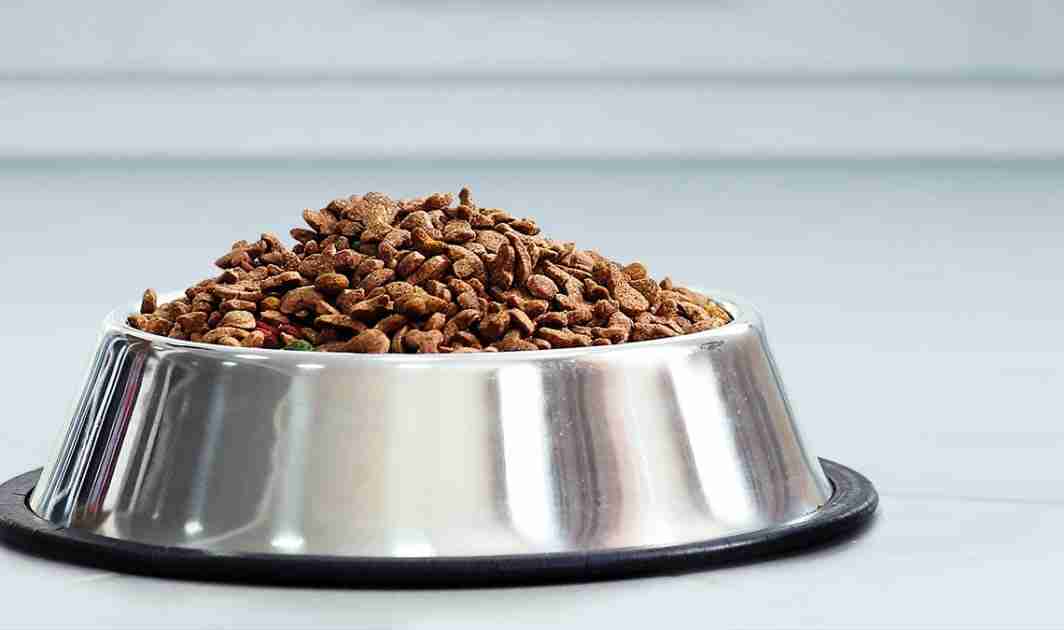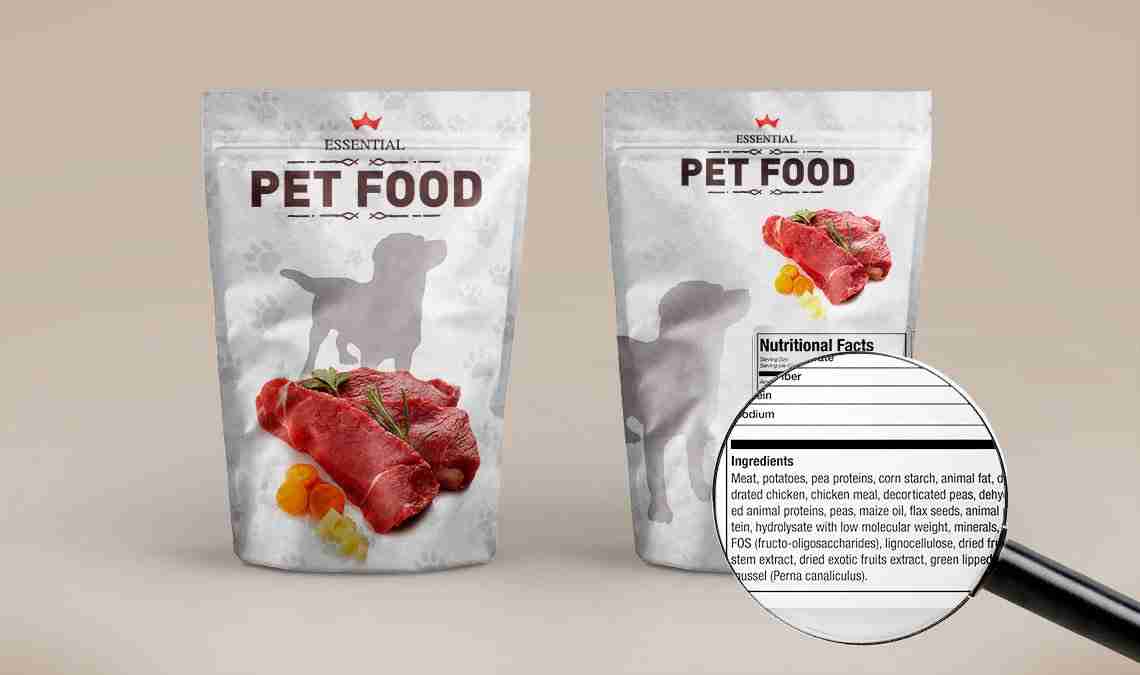Words should have the power to inform and to move, not to leave people confused! For this reason, we would like to provide all the relevant facts regarding pet food ingredients to ensure you have everything you need to make an informed decision when buying food for your cat or dog.
A) HOW PET FOOD INGREDIENTS ARE CLASSIFIED
Regulation (CE) 1069/2009 article 10 - paragraph a), identifies the parts of slaughtered animals originally fit for human consumption – Almo Nature refers to this meat as ‘HFC'.Regulation (CE) 1069/2009 article 10 - paragraph b
) i, et seq. identifies a qualitative scale of parts of slaughtered animals which are
unfit for human consumption – Almo Nature calls this meat ‘PFC'.
B) HOW A DOG OR CAT KIBBLE (DRY FOOD) LABEL MUST BE WRITTEN TO COMPLY WITH THE LAW
Composition: defines, in descending order, all ingredients in the recipe, meat, rice, vegetables, etc. Ingredients can be listed individually or in categories.
Analytical constituents: this list shows the nutrient analysis of the finished product, defining the amount of protein, fibre, oils and fats, etc. The list of analytical constituents is just an
index of quantity, not quality!
C) HOW THE LIST OF INGREDIENTS CAN BE EXPRESSED ACCORDING TO REGULATIONS
There are two ways to express the list of ingredients:
-by ingredient: Listing each ingredient, such as chicken, rice, potatoes, etc.
-by category: using a category for all meat ingredients, a category for all cereals, etc. This kind of label, must use definitions as per Directive 82/475. For example, the meat category is called “meat and animal derivatives" because it contains different types of meats and non-fleshy parts, such as the liver, heart etc. The word “derivatives" does not refer to waste parts, it is simply a statutory definition.
It is more important when reading the COMPOSITION to
understand the physical state of the ingredients. For example, is the meat in the recipe Fresh Meat, Dehydrated Meat or Meat Meal?
D) WHY JUDGING THE QUALITY OF A RECIPE BY THE PROPORTION OF CARBOHYDRATES IS A MISTAKE
Today, there is a trend to evaluate the quality of a kibble (dry food) based on the mistaken assumption that the higher the proportion of carbohydrate, the lower quality the product. This is not necessarily the case.The proportion of carbohydrates is calculated is using the following formula:
100% - (Analytical constituents i.e. proteins% + fibres% + oils and fat% + ash% + moisture%) = CarbohydratesFrom this formula, it is easy to understand that the percentage of carbohydrates of a product is not only directly related to the protein percentage but to four other variables – the moisture, fibre, oils and fats and ash content.But what people don't realise is that the percentage of carbohydrates can be lowered (manipulated) by adding more water, oils and fats or proteins etc. sometimes beyond the recommended limit/real needs of the animal. In this instance, a lower percentage of carbohydrates is not an accurate index of good quality.It is also important to realise that knowing the percentage of a constituent does not tell you the actual amount in the product. It just tells you the proportion ranked against the other constituents.As you can see, evaluating the quality of a product just by calculating the proportion of carbohydrates is not an accurate measure. What should always be considered first is the quality of the ingredients i.e. is the meat or fish classified as HFC or PFC and does it contain fresh meat, dehydrated meat or meat meal?
Attention to quality
should always be the very first thing you check. Calculation of the nutritional characteristics can be considered later, after checking the bioavailability of the ingredients.
















